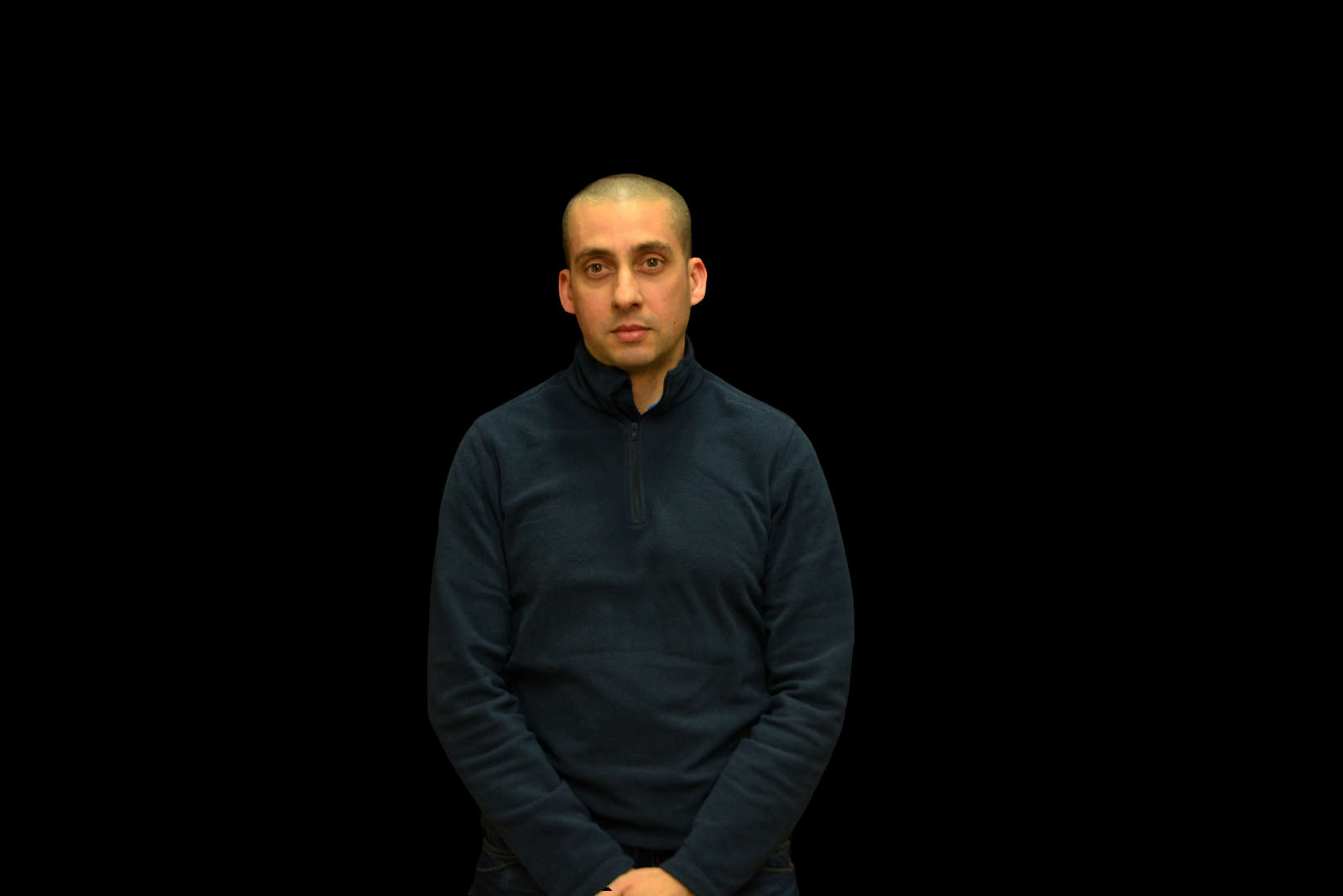About
Ricardo Henriques, he has been part of INESCTEC since 2000, where he is an assistant researcher at the Center for Information Systems and Computer Graphics. His research areas include system architectures and development of geospatial information systems, based on OGC (Open Geospatial Consortium) standards, design and implementation of services and applications in remote environments (Cloud-PT), implemented within the scope of national and international projects (featured, eCAALYX, ICT4Depression, eCompared, StopDepression, and NEWSAT). Full-stack developer in multiple projects, of which I highlight the eVote web application, where was also responsible for the architecture of the encryption and vote counting subsystem (employed in the 2020 and 2023 elections, Order of Architects). He has developed relevant projects in institutions and companies, such as Sociedade Porto2001, Metro do Porto S.A., CDOS Porto, CM-Maia, PT-INOV, among others. He has a degree in Mathematics and Computer Science, from the University of Minho, 1996, and a pre-Bologna master's degree, in Parallel Architectures, Computational Communications and Distributed Operating Systems, 2004. From that year onwards, he held teaching positions, as an assistant professor, at the former ISMAI, and from 2015 at the current Instituto Politécnico da Maia, as a specialist.


